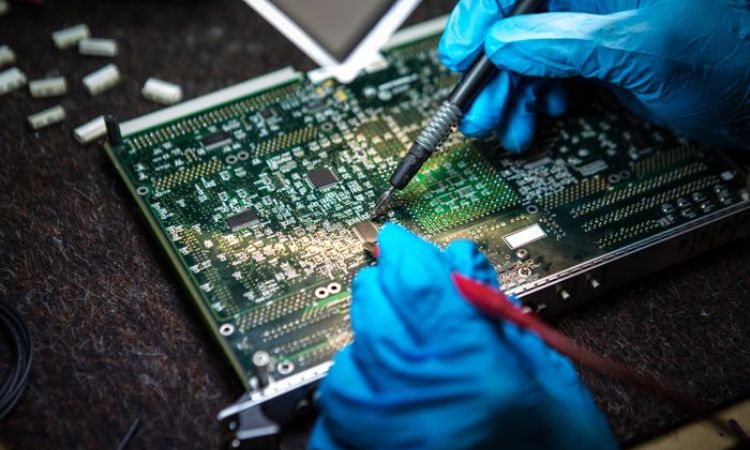According to research released on Tuesday by an industry group, there will be a shortage of approximately 67,000 workers in the U.S. semiconductor industry by 2030.

By the end of the decade, it is anticipated that the number of people employed in the semiconductor sector will increase from approximately 345,000 to 460,000. According to a study done by the Semiconductor Industry Association (SIA) and Oxford Economics, however, the U.S. won’t create enough skilled individuals to fill the demand at the current rate that people are graduating from colleges.
The investigation is being conducted as the United States strives to develop its domestic chip industry. On August 9, the CHIPS Act, which allot funds for new manufacturing facilities and R&D, became law.
Companies like Intel Corp, Taiwan Semiconductor Manufacturing Co Ltd, and Samsung Electronics Co Ltd have announced they will apply for the $39 billion in manufacturing subsidies mandated by the act, which are being overseen by the Commerce Department. The law also established a $24 billion 25% investment tax credit for new chip plants or fabs.
According to the SIA, those factories will generate employment. Computer scientists, engineers, and technicians are all predicted to be in short supply. Engineers will make up about half of the positions in the chip sector in the future.
According to SIA President John Neuffer, “We’ve been dealing with this issue for a while.” “But with the CHIPS Act in particular and the kind of bending the arc of history towards more manufacture here on U.S. shores, it really kind of threw this acute problem into bold relief,” the author said.
According to the report, the U.S. is seeing a growing scarcity of graduates with degrees in science, technology, engineering, and maths (STEM). 1.4 million positions could be unfilled by the end of 2023.















